# 61 “ Sleepers, wake!” A voice astounds us
Words: Phillip Nicolai
Music: Wachet Auf, melody Hans Sachs and P. Nicolai, arranged and harmonized by J. S. Bach
This hymn makes my Lutheran heart go pitty pat – wonderful words and that glorious Bach harmonization. Enjoy.
Philipp Nicolai (b. Mengeringhausen, Waldeck, Germany, 1556; d. Hamburg, Germany, 1608) lived an eventful life–he fled from the Spanish army, sparred with Roman Catholic and Calvinist opponents, and ministered to plague-stricken congregations. Educated at Wittenberg University, he was ordained a Lutheran pastor in 1583 in the city of Herdecke. However, he was soon at odds with the Roman Catholic town council, and when Spanish troops arrived to reestablish Roman dominance, Nicolai fled. In 1588 he became chief pastor at Altwildungen and court preacher to Countess Argaretha of Waldeck. During that time Nicolai battled with Calvinists, who disagreed with him about the theology of the real presence of Christ in the Lord's Supper. These doctrinal controversies were renewed when he served the church in Unna, Westphalia. During his time as a pastor there, the plague struck twice, and Nicolai wrote both "How Bright Appears the Morning Star" and "Wake, Awake." Nicolai's last years were spent as Pastor of St. Katherine's Church in Hamburg.
WACHET AUF is usually regarded as composed by Philipp Nicolai, but he may have borrowed parts of the tune from other sources such as the melody “Silberweise” by Hans Sachs (1494-1576) or the fifth Gregorian psalm tone. It was published with this text, for which it is named, in Nicolai's Freuden-Spiegel in 1599. Like many German chorale tunes, WACHET AUF has two versions for the rhythm. The original version is called the rhythmic version, because it retains the variety of note values as the composer wrote them, while in the isorhythmic version, the notes are adjusted to a more regular rhythm, often by making all notes of equal value.
This hymn was based on the Parable of the Wise and Foolish Virgins in Matthew 25:1-13. The opening stanza calls the followers of Christ to be roused and alert for His Second Coming. Stanza 2 describes the joyous scene when the Bridegroom returns and takes His bride, the church, in to the wedding feast. Finally, the third stanza adores the Lamb of God and describes the glorious scene in heaven, as given in Revelation 19 and 21, where the saints will worship in song forever.
In 1731, J. S. Bach wrote a cantata (BWV 140) at Leipzig based on this hymn for the 27th Sunday after Trinity, the last possible Sunday before Advent in the Lutheran liturgical calendar of the time. Advent was a penitential season in Leipzig, during which ornate music like a cantata was not performed. Hence, this hymn provided the basis for Bach's last opportunity for free musical expression before Christmas. WACHET AUF is the main melody for three of the seven movements, one of which was later reworked for the well-known setting of this tune in the Schübler Chorales for organ. WACHET AUF has been called the King of Chorales (another Philipp Nicolai tune, WIE SCHÖN LEUCHTET, is the Queen). It is very popular in settings for the organ, which is the instrument most closely associated with chorale tunes. Preludes, postludes, and improvisations in various styles abound in collections such as “Improvisations for the Christmas Season, Set 1,” the Advent suite “The King of Glory Comes,” and “Advent Postludes for Organ.”
Enjoy this performance of Bach’s Cantata. Glorious. YOUTUBE

